Hva var de beste utstillingene, de beste begivenhetene og de beste publikasjonene i 2011? I Kunstkritikks julekalender oppsummerer Kunstkritikks egne skribenter og inviterte gjester kunståret 2011. Den sjuende kalenderdeltakeren er Diana Baldon, som nylig ble ansatt i stillingen som leder for kunsthallen Index i Stockholm. Baldon ga sine svar på engelsk, og vi velger å publisere dem i originalversjon her.
Beste utstilling
| 1. |
 |
|
Josephine Pryde, Embryos and Estate Agents: L’Art de Vivre, Chisenhale Gallery, London, 27 May – 10 July 2011. A sharp critique of the different systems of representation in art, commerce and science, and yet a magnificently psychedelic journey through a series of photographic digital collages of barren desert landscapes overlaid with low-resolution MRI scans of magnified embryos. Photo: Josephine Pryde, It’s Not My Body, 2011. |
|
|
|
|
| 2. |
 |
|
Animism. Modernity through the Looking Glass(concept: Anselm Franke. Curators: Anselm Franke & Sabine Folie), Generali Foundation, Vienna, 16 September 2011 – 29 January 2012. A classic encyclopaedic exhibition – rare these days – which approaches the dichotomy between subject and object from different angles (artistic, philosophical, cinematographic, ethnographic, etc): an excellent grouping of objects, films, installations and archival material. It is highly recommended to see its fourth reincarnation when it will take place in Berlin next year at Haus der Kulturen der Welt. Photo: Animism, exhibition view, Generali Foundation 2011. |
|
|
|
|
| 3. |
 |
|
Henrik Olesen, Malmö Konsthall, 4 December 2010 – 30 January 2011. Perhaps one of the best shows I have seen in a long time. Olesen’s works are multi-layered, complex and yet minimal and unpretentious: a broad range of production methods, themes embracing sexual politics, anti-capitalist critique that end up with the increasing replacement of technology per se in artists’ production aesthetics today. Photo: Henrik Olesen, I do not go to work today. I don’t think I go tomorrow / Machine-Assemblage I-II, 2010. |
Beste event
| 1. |
 |
|
Hotel Charleroi(Adrien Tirtiaux & Hannes Zebedin), hotelcharleroi.com. Hotel Charleroi is a flexible structure initiated by three European artists who would like to live and work in Charleroi. Located 60 km south from Brussels, Charleroi is a decaying industrial town with all associated symptoms – high unemployment rate, raising criminality, corruption affairs, etc. Its surrealistic urban landscape, reminiscences from an intense industrial past (slag heaps, steel factories) along with numerous irrational public infrastructures planned in the sixties (metro, ring road on viaduct), doesn’t fit at all with its relatively small scale (pop. 400 000). Photo: Winter in Charleroi, hotelcharleroi.com. |
|
|
|
|
| 2. |
 |
|
Mark Aerial Waller’s The Wayward Canon paying tribute to Dennis Hopper as a «remarkable agent, who walked as a Ghost Rider against the motorway traffic, stark naked with a stone in one hand, the other palm outstretched, and lived». Sunday 10th July 2011, 7 Ravenscroft Street, London E2 7SH. One of Waller’s ongoing artistic projects well-known and attended by London’s East-End public of writers, filmmakers, musicians and theorists. A film marathon also (4 films directed by Dennis Hopper starting with the most recent and then going in reverse to finish with his masterpiece The Last Movie, 1971). Photo: Dennis Hopper in The Last Movie, filmstill. |
|
|
|
|
| 3. |
 |
|
X-on by Ivo Dimchev in collaboration with Franz West, Akademietheater, 12.08.2011, Vienna. This performance was part of the internationally renowned dance festival Impulstanz. Pretty weird stuff: two women, a man and a a-sexual other man, all quasi-naked and on short hills among which the sexy and bold Bulgarian dancer Ivo Dimchev interacts with perhaps Franz West’s most famous series of sculptures of the 1980s, the Passstücke(Adaptives). The strangeness of the first introduction was soon replaced by some entertaining dialogues and – occasionally – dancing. Photo: ivodimchev.com. |
Beste publikasjon
| 1. |
 |
|
Florian Pumhösl, 6 7 8. Ed. Museum Moderner Kunst Stiftung Ludwig Wien 2011, published by Verlag der Buchhandlung Walther König 2011. A regular catalogue accompanying the artist’s first monographic exhibition in an important Austrian museum. Apart from the excellent book design, what is most impressive is the quality of the critical texts which have been commissioned and published in it. |
|
|
|
|
| 2. |
 |
|
Aesthetics and Contemporary Art, Armen Avanessian, Luke Skrebowski (Eds.), Sternberg Press. Luke Skrebowski is a collaborator of mine and an incredibly smart young scholar that deserves attention in the contemporary art field. He is teaching Art History at Cambridge University and has just published this critical reader of which he is the co-editor. |
|
|
|
|
| 3. |
 |
|
Tom McCarthy, C, Vintage Books. This is the latest novel by a London-based writer who later became also an artist and founded the International Necronautical Society (INS), of which I was an associate having curated a show of them in Berlin in 2004. «Listened to the whine and crackle … right through till morning – and heard, or thought he heard, among its breaks and flecks, the sound of people treading cold, black water, their hands beating small disturbances into the waves that had come to bury them.» |









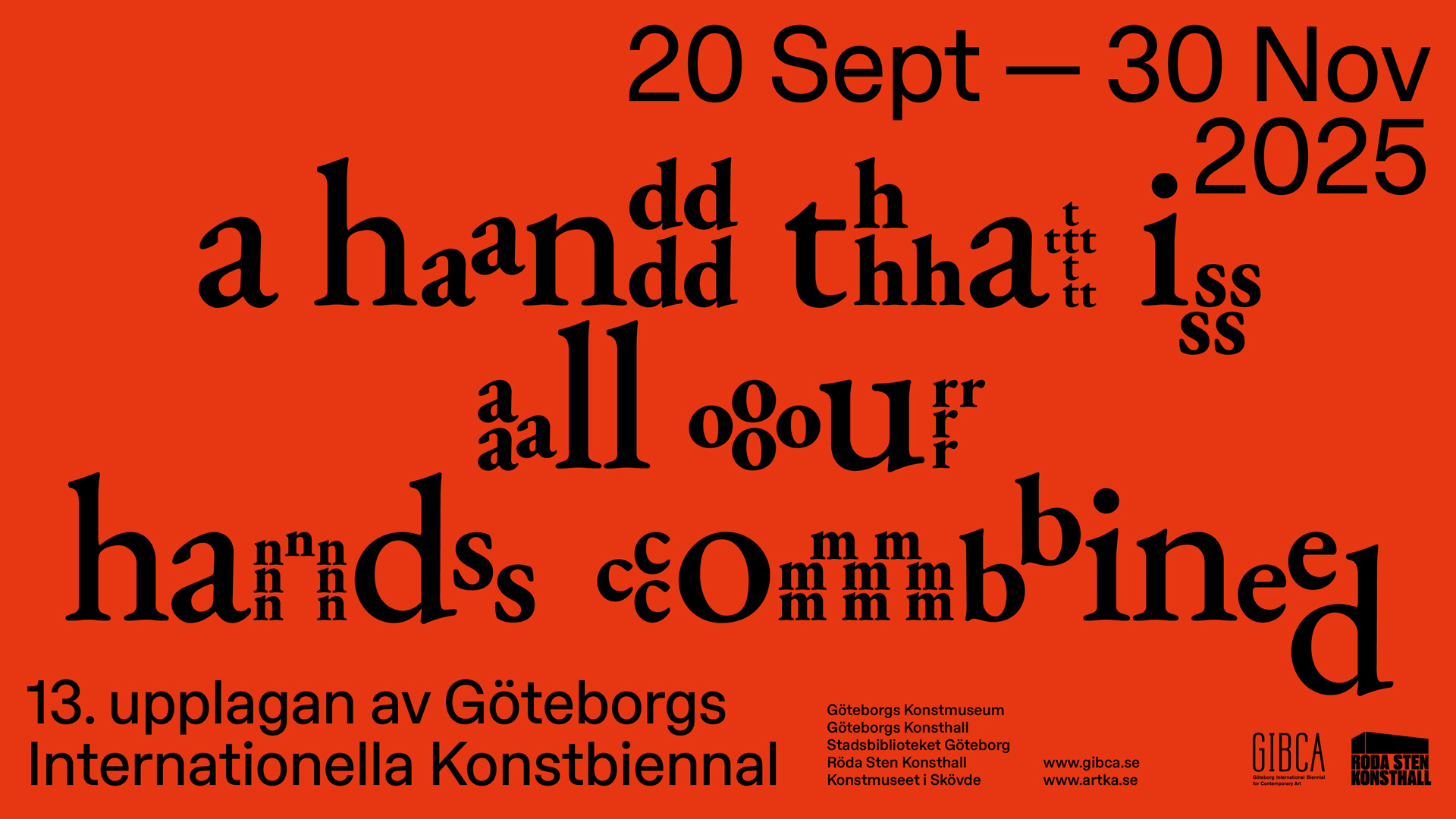
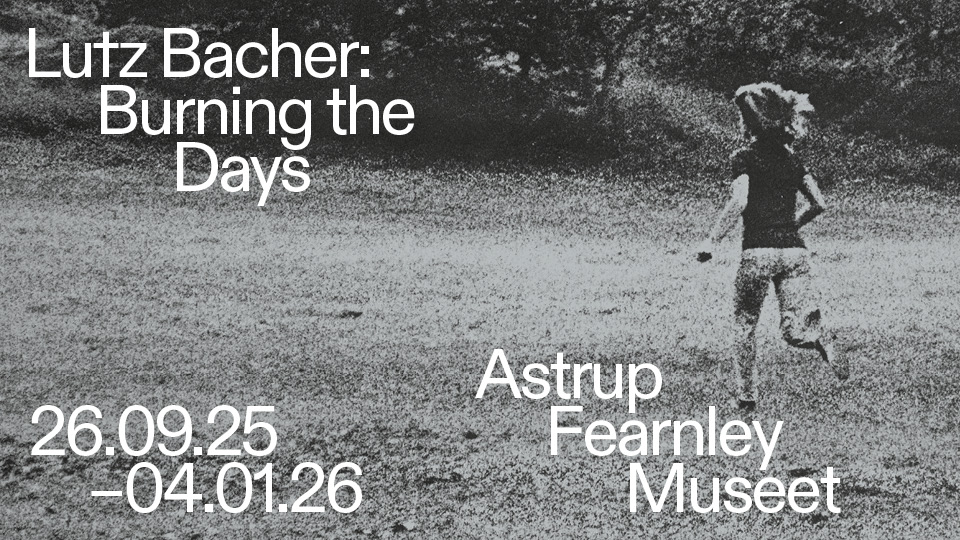
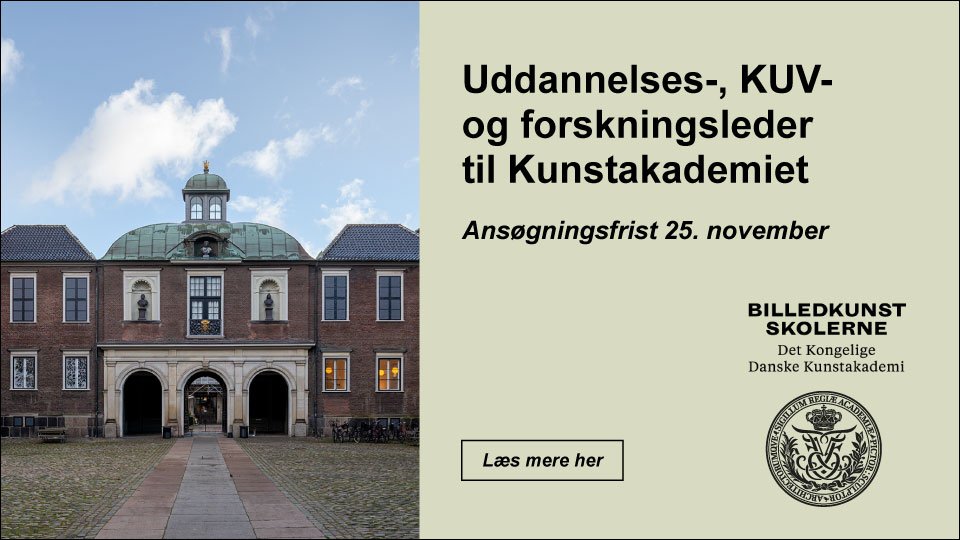
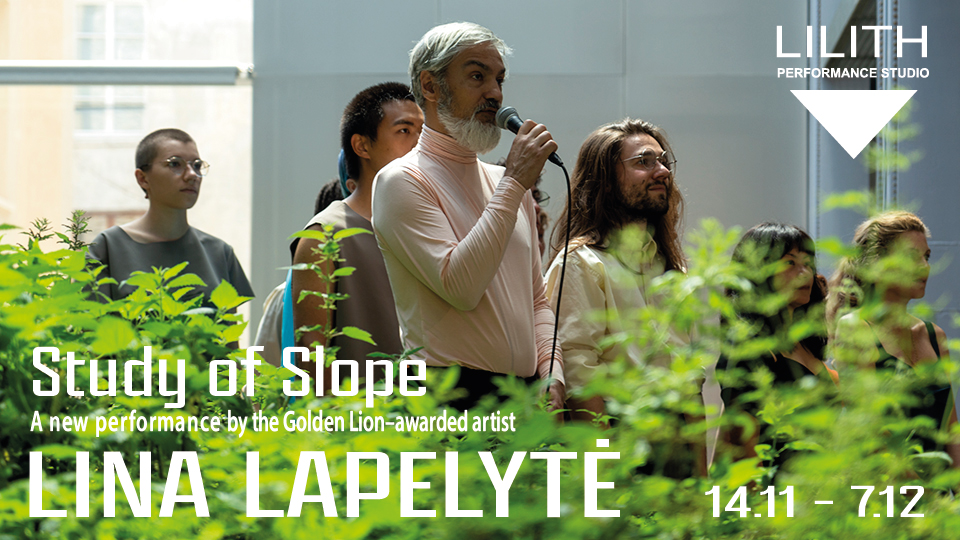
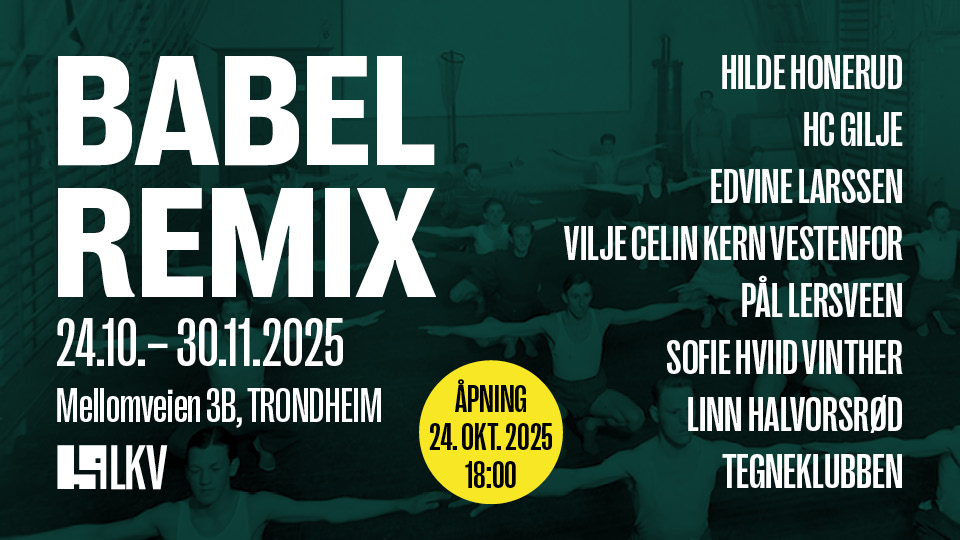
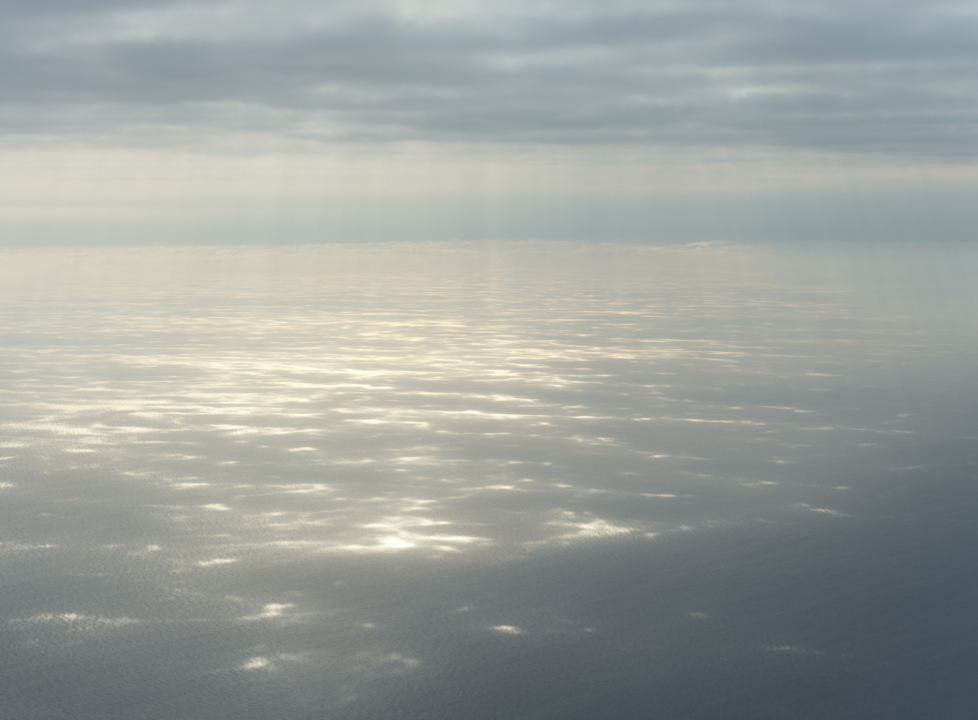
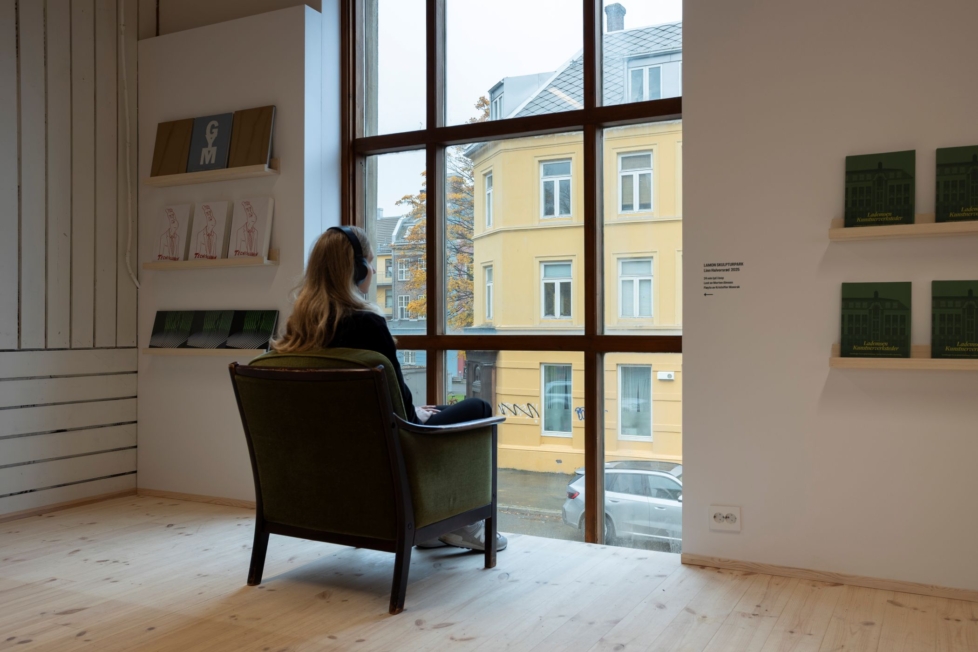
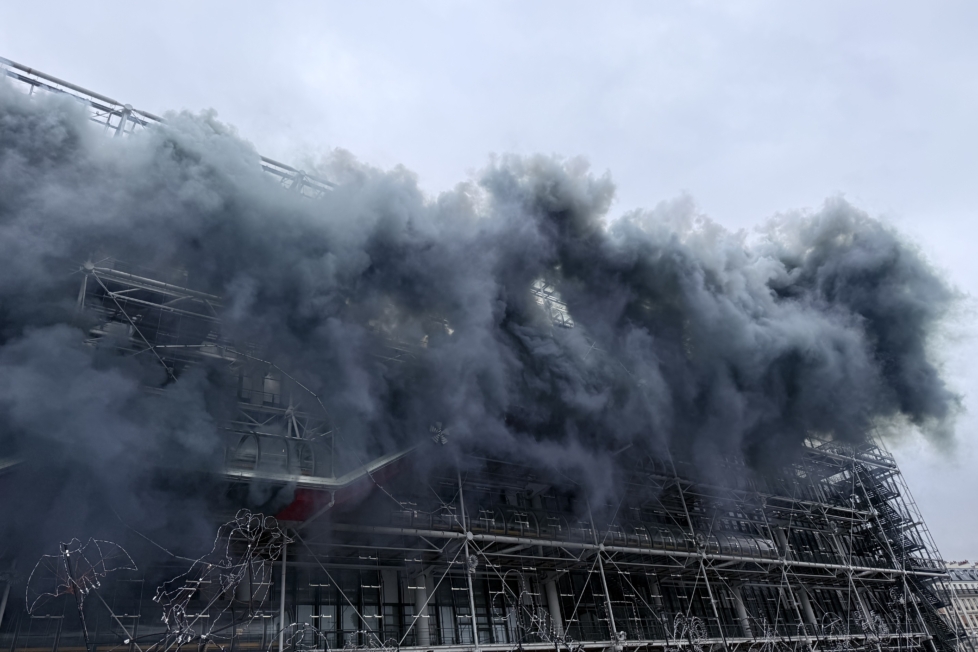
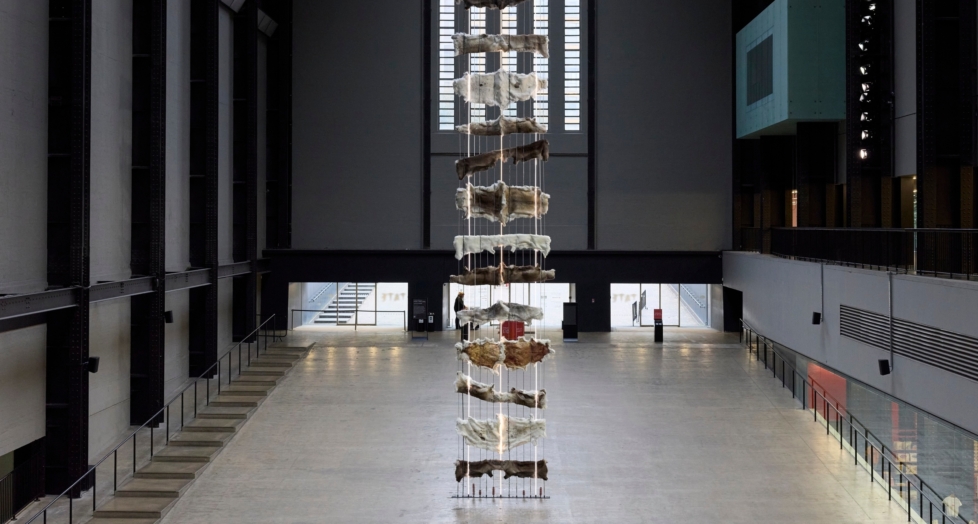
Diskussion